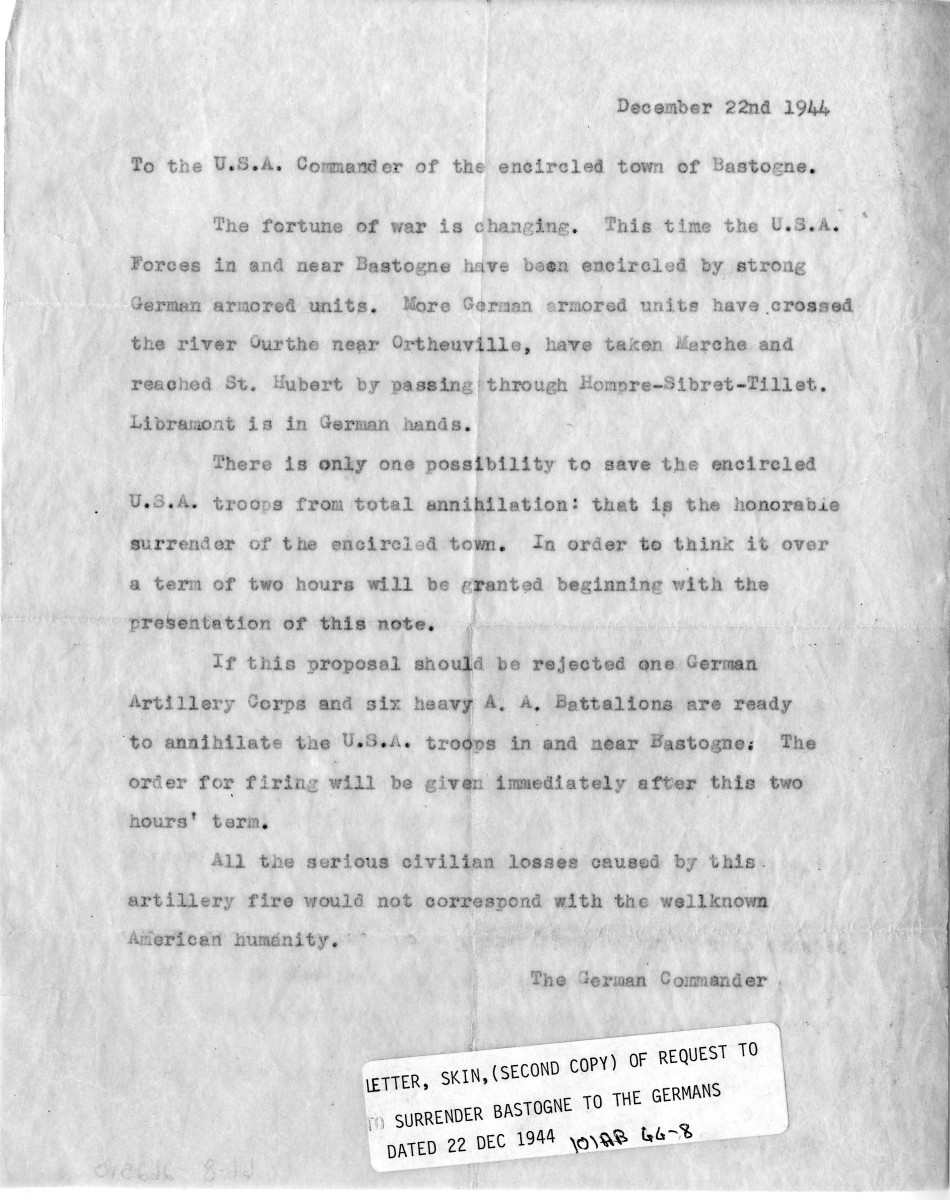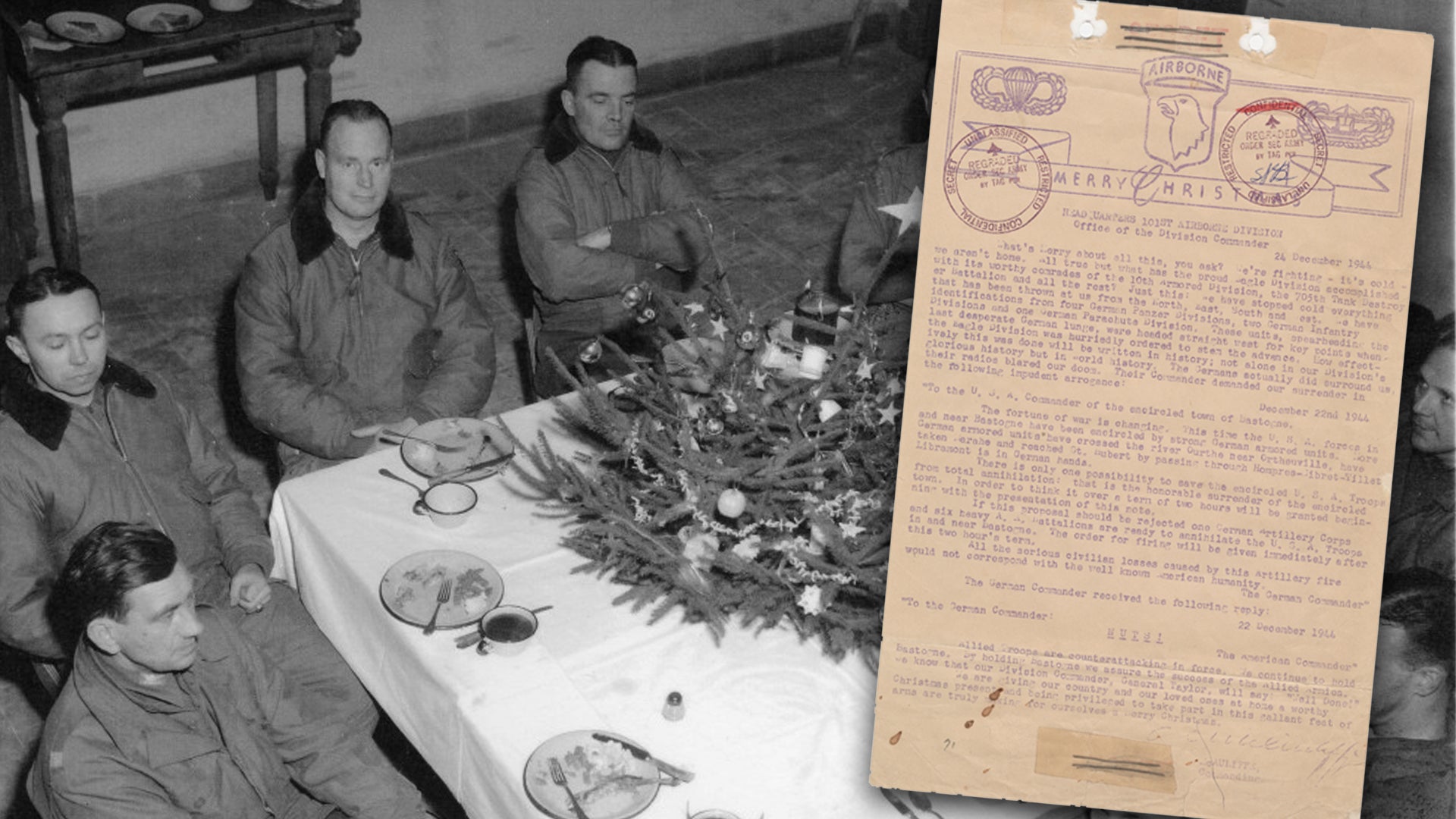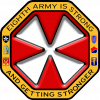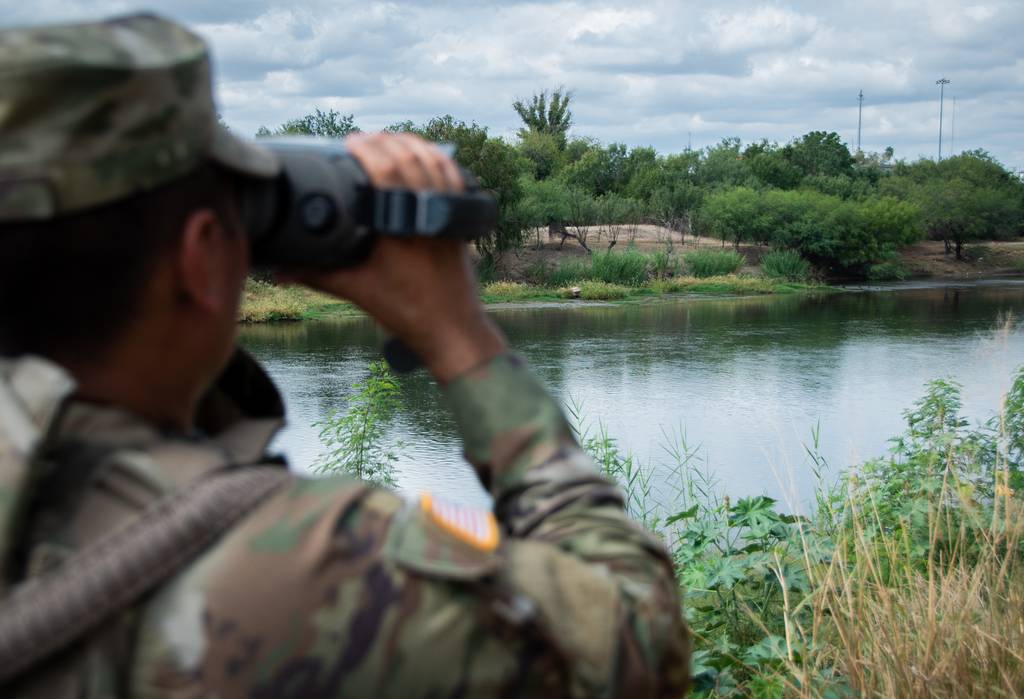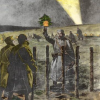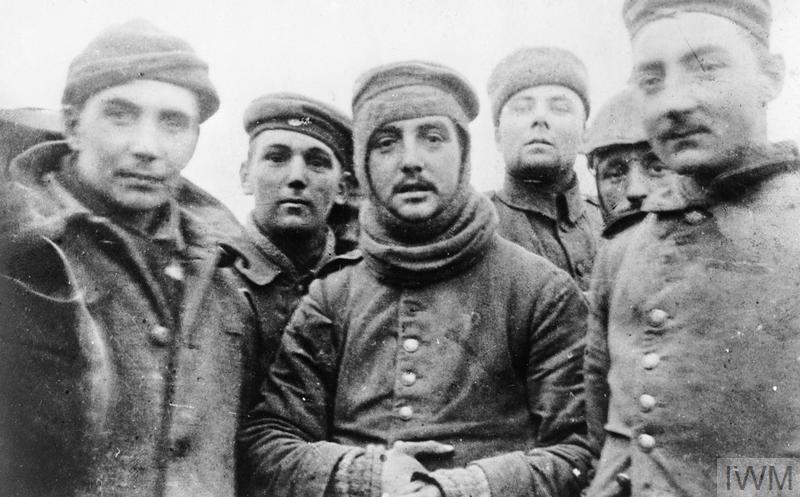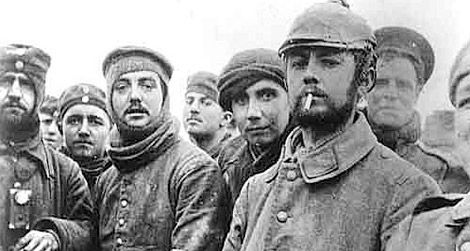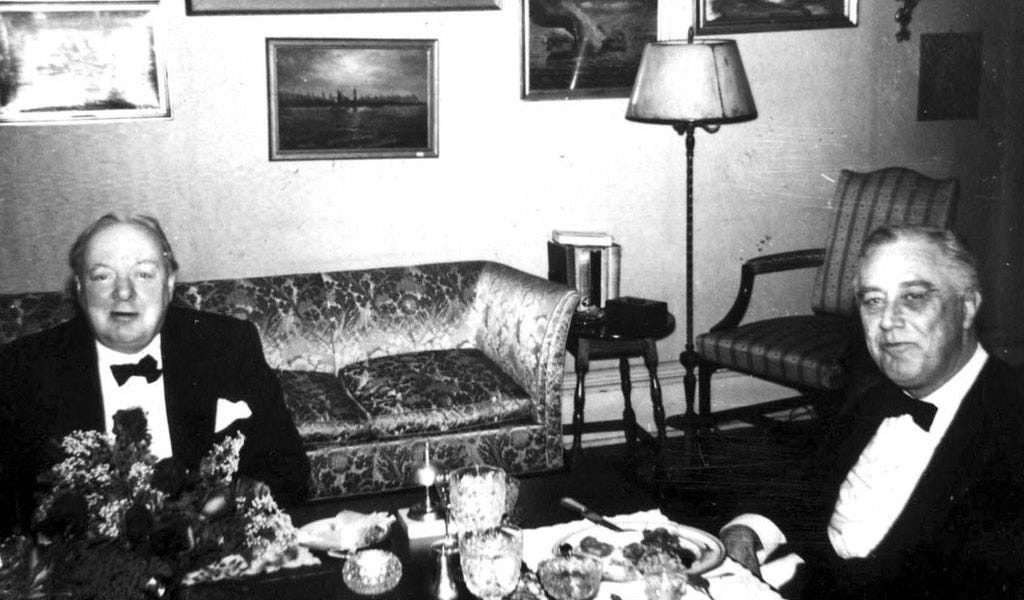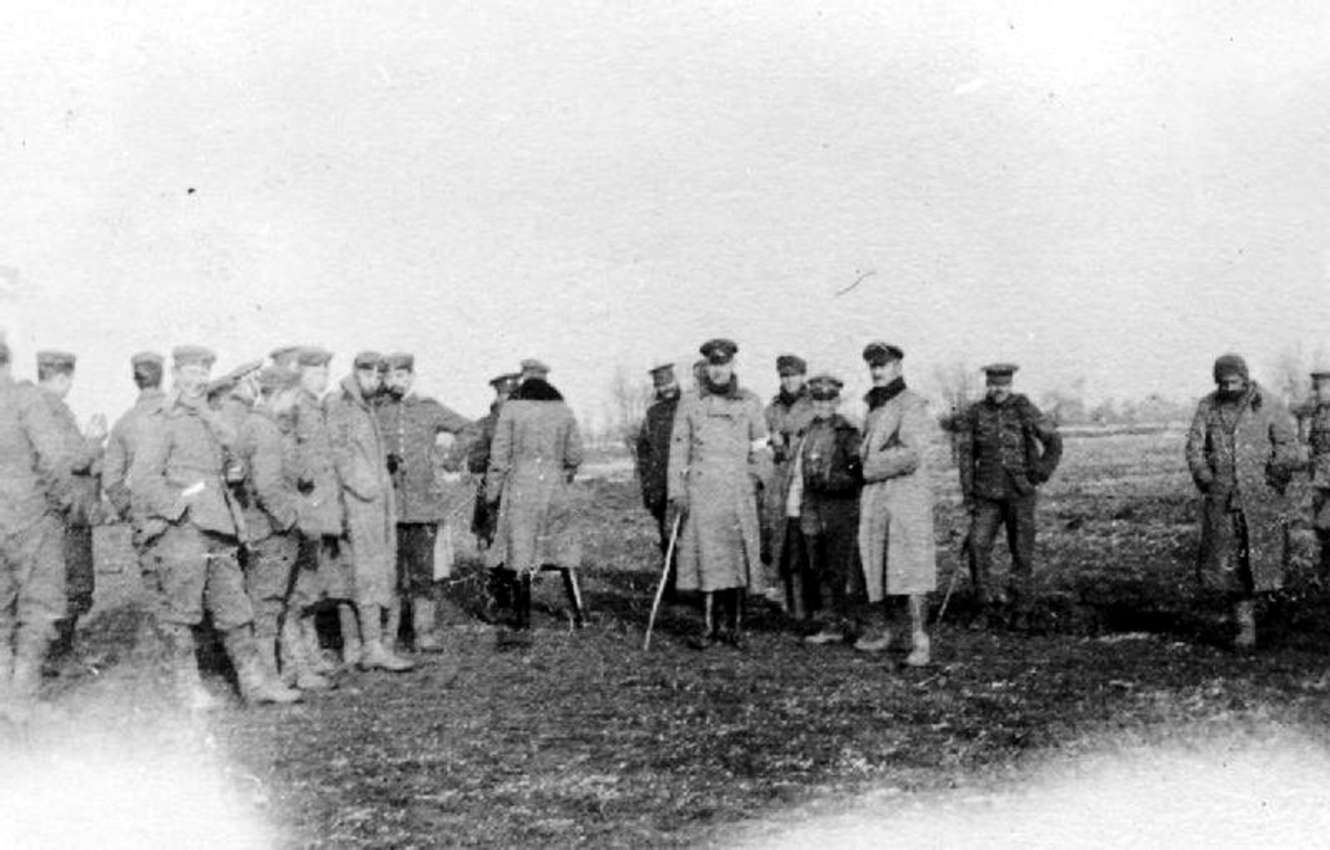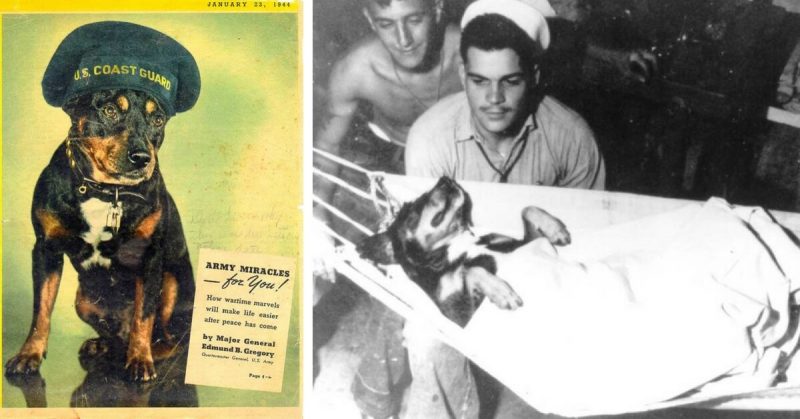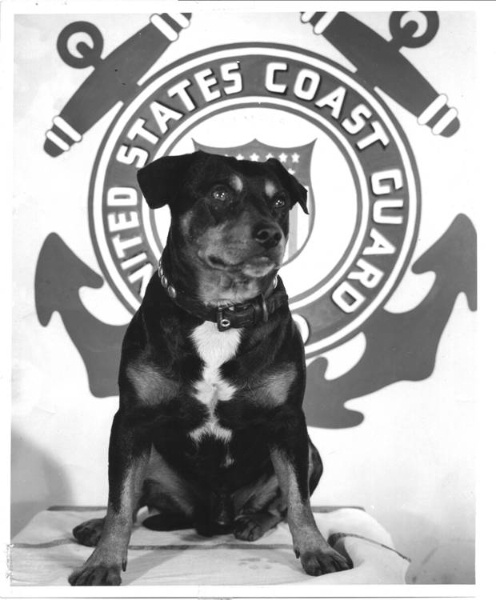doublejj
Well-Known Member
This day in military history......
Sherman’s March to the Sea
From November 15 until December 21, 1864, Union General William T. Sherman led some 60,000 soldiers on a 285-mile march from Atlanta to Savannah, Georgia.

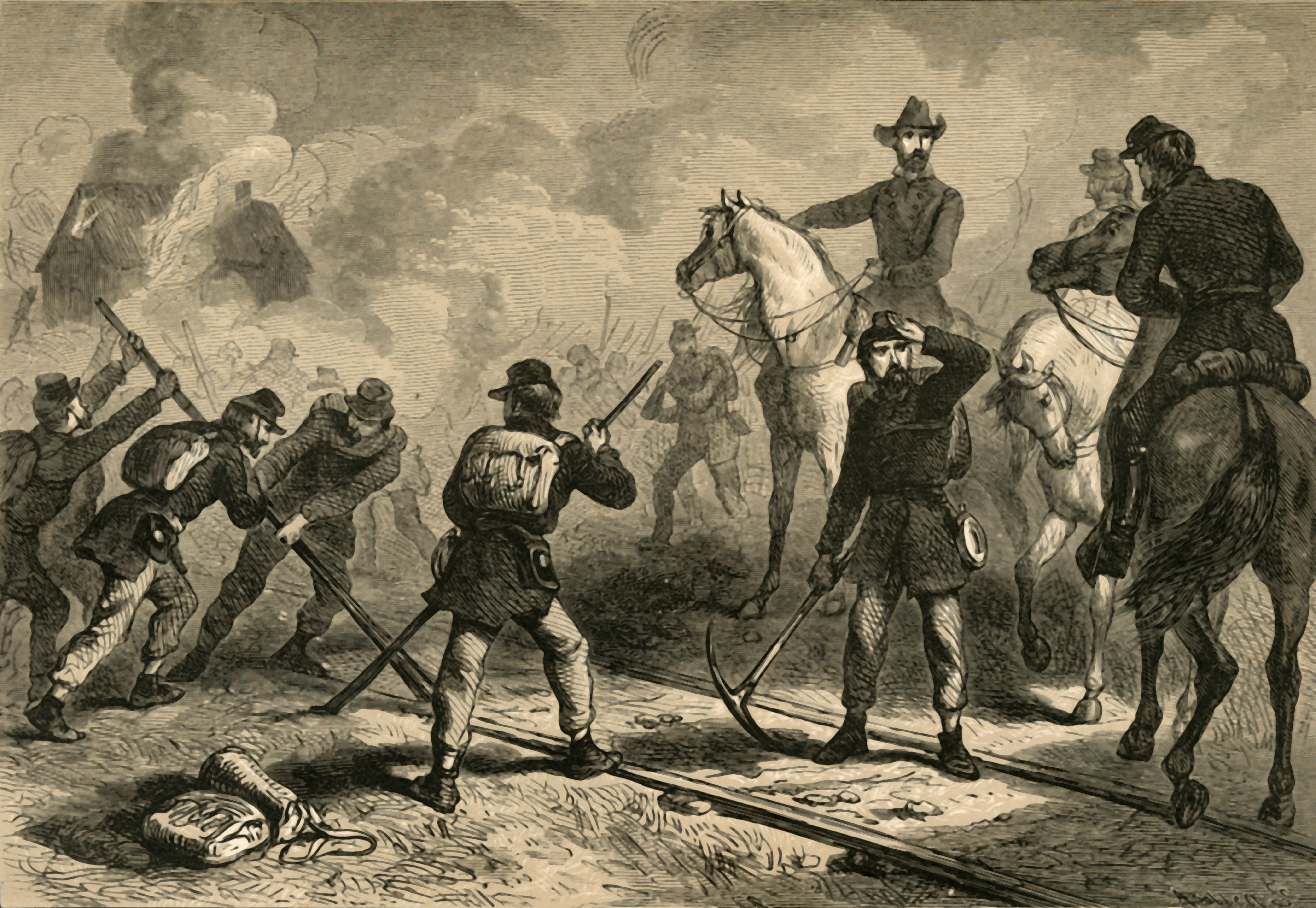
 www.history.com
www.history.com
Sherman’s March to the Sea
From November 15 until December 21, 1864, Union General William T. Sherman led some 60,000 soldiers on a 285-mile march from Atlanta to Savannah, Georgia.


Sherman’s March to the Sea - Route, General, Facts | HISTORY
Sherman's March to the Sea was a destructive Union offensive across Georgia in late 1864 that aimed to frighten locals into abandoning the Confederate cause.



